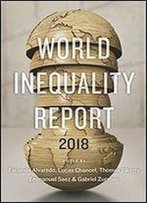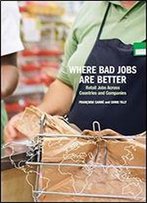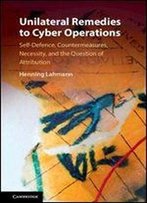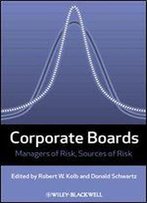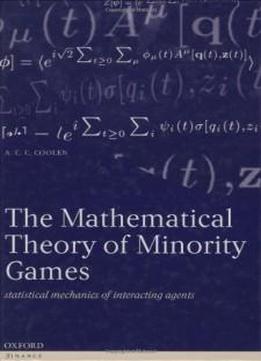
The Mathematical Theory Of Minority Games: Statistical Mechanics Of Interacting Agents (oxford Finance)
by A.C.C. Coolen /
2005 / English / PDF
8.9 MB Download
Minority games are simple mathematical models initially designed to understand the co-operative phenomena observed in markets. Their core ingredients are large numbers of interacting decision-making agents, each aiming for personal gain in an artificial 'market' by trying to anticipate (on the basis of incomplete information, and with an element of irrationality) the actions of others. Gain is made by those who subsequently find themselves in the minority group, e.g. those who end up buying when most wish to sell or vice versa. Aimed at researchers and students in physics, mathematics and economics, as well as financial practitioners, this text describes the mathematical theory of Minority Games from a statistical mechanics viewpoint. It provides a detailed and explicit introduction to the advanced mathematical analysis of these models, describes the potential and restrictions of physical methods in solving agent based market models, and outlines how different mathematical approaches are related.
Minority games are simple mathematical models initially designed to understand the co-operative phenomena observed in markets. Their core ingredients are large numbers of interacting decision-making agents, each aiming for personal gain in an artificial 'market' by trying to anticipate (on the basis of incomplete information, and with an element of irrationality) the actions of others. Gain is made by those who subsequently find themselves in the minority group, e.g. those who end up buying when most wish to sell or vice versa. Aimed at researchers and students in physics, mathematics and economics, as well as financial practitioners, this text describes the mathematical theory of Minority Games from a statistical mechanics viewpoint. It provides a detailed and explicit introduction to the advanced mathematical analysis of these models, describes the potential and restrictions of physical methods in solving agent based market models, and outlines how different mathematical approaches are related.

